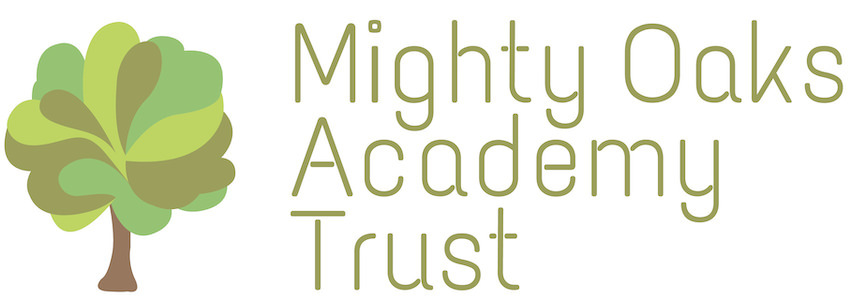Writing
Intent
Our intent is to promote high standards of language and literacy, spelling, writing, speaking and listening. We aim to equip pupils with a strong command of the spoken and written word and to develop their love of literature through widespread reading for enjoyment and a text-based approach.
Implementation
At Priorslee we use quality texts to explore all elements of writing. We use poetry, drama and role play to explore characters, concepts, and emotions, and work collaboratively. High-quality teaching will develop pupils’ competence in transcription and composition, and they will be taught how to plan, revise, and evaluate their writing. Pupils will be taught to correctly use the elements of spelling, grammar, and punctuation and to understand and use Standard English in their speaking and writing.
To support the National Curriculum for Writing, our teaching is inspired by a whole-school mastery approach to writing through the programme Pathways to Write. Units of work are delivered using high-quality texts as a stimulus for learning and children in all year groups are given varied opportunities for writing. Skills are built up through repetition of the key skills across the units, and children apply these skills in the writing activities provided. The units can be used thematically (where appropriate) to encourage a whole-school approach to writing with the opportunity for topics to link across all year groups.
Each unit covers a range of areas in the National Curriculum:
- Mastery of vocabulary, grammar and punctuation skills
- Writing a range of genres across a year
- Vocabulary development
- Using a wider range of reading comprehension strategies as a whole class
- Spoken language activities including drama and presentations
- Opportunities for practising previously taught genres
- An extended, independent piece of writing
An Overview of Pathways to Write – https://www.youtube.com/watch?v=NM_yb4gWu6M
Many opportunities for widening children’s vocabulary are given through the Pathways to Write approach, and this builds on the extensive work we do in school to provide our children with a rich and varied vocabulary. Additionally, teachers adapt the Pathways to Write sessions and resources to ensure engaging and purposeful English lessons are delivered that are tailored to the needs of their class. For example, teachers create teacher-written models to provide an example of ‘what a good one looks like’ (WAGOLL) to guide pupils through their learning, and they also engage in joint writing opportunities, whereby the teacher models effective writing before the children try in an ‘I write -you write’ format. By modelling the expected outcome and engaging in these approaches, children are supported to use skills required and are equipped to use such skills in their independent writing.
Every half term, pupils complete at least two completely independent writes in Hot Write Books; teachers assess these against the statutory requirements to aid accurate judgements of attainment.
Impact
English is the most important subject taught in this school. All the skills of English are essential to participating fully as a member of society; pupils, therefore, will learn to speak, read, and write fluently and confidently.
From Reception to Year 6, we follow Pathways to Write. This works with an exciting book at the heart of each termly unit. From this, the children discover new skills and genres whilst building on and consolidating their prior learning.
The ‘pathway’ is spilt into three categories.
- Gateway Keys
- Mastery Keys
- Feature Keys
To continue along the ‘pathway’ of their end goal, children must be skilled in using all of the keys taught to them. Children then have a chance to show off these skills through several extended writing tasks and, at the end of the unit, a write-away task to showcase their learning.
We also supplement each term with a poetry unit linked to our Pathways text, to ensure children are exposed to a wealth of exciting poetry.
Progression of Knowledge and Skills
Further information about Pathways to Write
Handwriting
To develop atomicity of handwriting, we follow ‘Kinetic Letters’. Within Kinetic letters children, learn letter formation through movement and multisensory experiences. The programme develops both concentration and motor skills with children motivated through personal challenges underpinned by stories, song and movement.
It has 4 main strands to help children develop their handwriting:
- Making Bodies Stronger
- Holding the pencil
- Learning the Letters
- Flow and Fluency
Children across school undertake daily handwriting lessons using this approach to learn and then refine handwriting.


